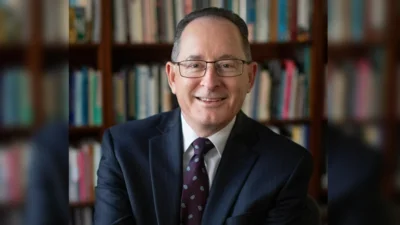Santa J. Ono, President, University of Michigan - Ann Arbor | University of Michigan - Ann Arbor
Santa J. Ono, President, University of Michigan - Ann Arbor | University of Michigan - Ann Arbor
The University of Michigan has provided insights into how school districts utilized a portion of the $800 million in pandemic relief funds specifically allocated for the educational support of children experiencing homelessness. The research highlighted effective strategies for identifying these students, which were significantly enhanced through the implementation of a housing questionnaire at the start of each school year and whenever there was a reported change in a student’s home address by parents or teachers.
The research pointed out that the onset of the COVID-19 pandemic in 2020 led to a significant decrease in the identification of homeless students, despite heightened unemployment and economic hardship nationally. The transition to remote learning posed challenges for schools in reaching out to and identifying students facing homelessness.
Collaborative efforts by Poverty Solutions at the University of Michigan and SchoolHouse Connection underlined this issue, contributing to the allocation of additional funds under the 2021 American Rescue Plan Act. This financial support expanded the capacity of school districts across the nation to better identify and assist homeless students.
Jennifer Erb-Downward, who co-authored a policy brief on this subject, emphasized the importance of identifying homeless students to ensure they receive necessary resources. She noted that increased identification of such students is not inherently negative; rather, it highlights the system's success in recognizing and aiding vulnerable children.
The study was supported by SchoolHouse Connection and the New York State Education Department and included interviews with 18 school homelessness liaisons in New York. The research delved into the methods used by schools to identify and aid students without stable housing, focusing on districts outside of New York City. Special attention was given to the role of bus drivers in notifying schools about students who might be experiencing homelessness.
John Bulat, a data and policy analyst at Poverty Solutions, elaborated on the role of bus drivers as crucial first points of contact in noticing discrepancies in student pick-up locations or family situations. William Lopez, also involved in the research, noted the importance of building trust with families, highlighting that providing flexible resources like gas and store gift cards facilitated communication and trust.
The study revealed several trends in how districts organized their services for homeless students, stressing the critical role of trust-building and flexibility in resource allocation to support these families effectively.






 Alerts Sign-up
Alerts Sign-up